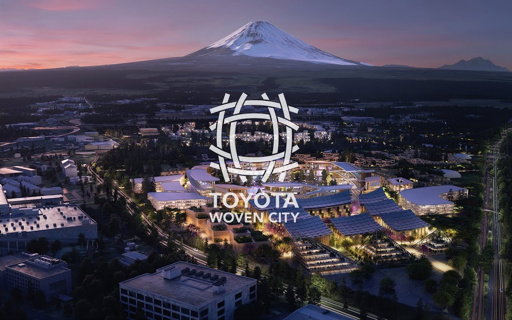Smart City Blast from the Past
April 28th, 2021 | by Andreas Richter
(2 min read)

Have you read about Toyota’s plan to build a smart city called “Woven City“? These plans were announced at the CES 2020 and include everything a smart city might currently need; people shall live together with technology: they, the homes and the infrastructure will be connected, sensors will gather data all the time which will be processed by artificial intelligence. The traffic will be automated (especially the delivery) with the help of the recently acquired autonomous driving system and fleet data from Lyft and it will be moved into the underground so that pedestrians won’t get into conflict with traffic. This smart city shall be used as an ever-evolving human-centered living lab to “create a future where people of diverse backgrounds are able to live happily”.
The city is planned in its final stage for 2,000 residents and Toyota employees, and it will be built on the area of Toyota’s Higashi Fuji plant premises in Tokyo, Japan. The groundbreaking ceremony took place on February 23rd, 2021.
It is good that people start to think about how we want to live holistically. Not only building flats, offices and roads as we did years ago but taking into account that mobility and technology are changing – as we wrote in our mission statement as well. But sometimes it is interesting to look back and learn.
Smart City Ancestor
Have you read about the Olympic Village in Munich, Germany? It was built for the XX. Olympic Games in 1972 and hosted 6,000 residents! Compare that to the Woven City and ask yourself how village and city are defined.
The Olympic Village was also planned from scratch. The traffic was decoupled and transport was put into the underground or in a tunnel-like system (okay, the traffic was not automated back then). Shopping facilities were aligned between the public transport station and the four living districts. A color-coded “Media Line” system was guiding the pedestrians to these districts and the parks. This pipeline system contained not only city lighting but also communication and projection technology; and it could also be used for cooling or heating of the pedestrian walks.
Today, the Olympic Village is used as housing area and is very cherished by its 6,100 inhabitants. Most of them are only moving within the village but not moving away. Thus, it seems to be that this smart city ancestor really made an environment for happy living.
By the way: It’s like electric or hybrid vehicles: futuristic stuff we already know very well from the past. Learn from it!